The jade tree branches out
By Erik Nilsson ( China Daily ) Updated: 2015-07-18 08:11:39
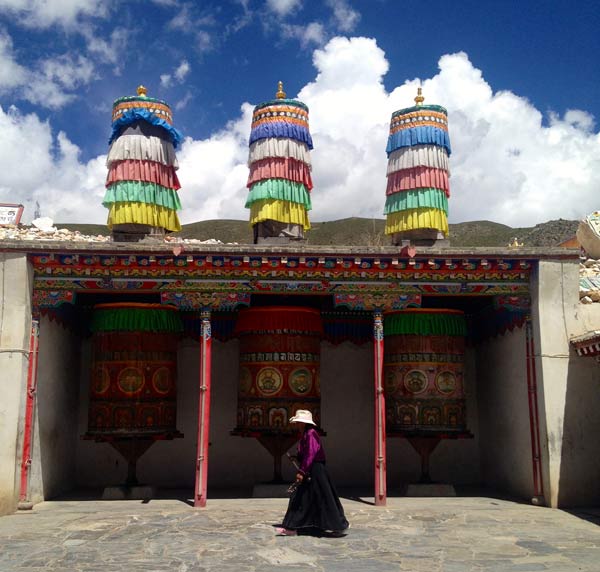 |
|
A pilgrim walks in front of prayer wheels in Yushu's Gyani Mani Stone Walls. |
Silk Road journeys
Yushu hopes to diversify not only its tourism but also its tourists.
Foreign visitors have accounted for a slender sliver of the pie.
Qinghai's tourism bureau has this year worked with the China National Tourism Administration - which named 2015 the Year of Silk Road Travel - to run promotions in such Silk Road countries as Kazakhstan, Turkey and Italy. It recently signed a cooperation agreement with Italy's Lombardy, Zhao says.
The prefecture's tourism bureau has also inked a deal with Nepal in which Nepalese craftspeople will design Buddhist figurines and souvenirs with Yushu essences, An says.
Yushu's history as an ancient Silk Road hub is injecting new vigor into its contemporary allure for international travelers.
It was a trade node connecting Sichuan, Gansu and Tibet. And it was a vital stop on the Tangbo pass, through which Tang Dynasty (AD 618-907) princess Wencheng journeyed to Tibet to marry a local king to enrich political unity. She's credited with bringing Buddhism to Tibet.
Her legacy remains not only as a cultural emblem but also in physical forms - as a plethora of pagodas and especially as the Princess Wencheng Temple, known as Nampa Nangze in Tibetan.
White stupas and red buildings grip rocky ridges, slung with superlatively lengthy strings of prayer flags. These also span the crests between peaks, forging flittering rainbows connecting Heaven and Earth - metaphorically and physically, materially and spiritually.
Pilgrims slog up the mountainsides to circle the temple clockwise.
|
|
|
|
|
|
|
|






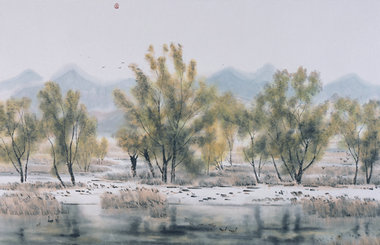
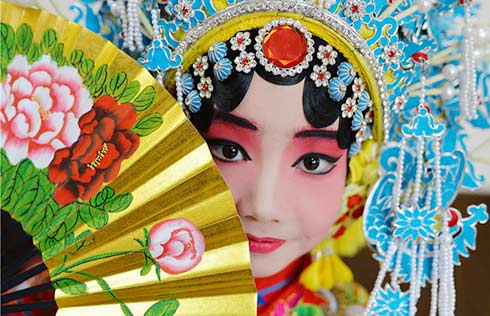








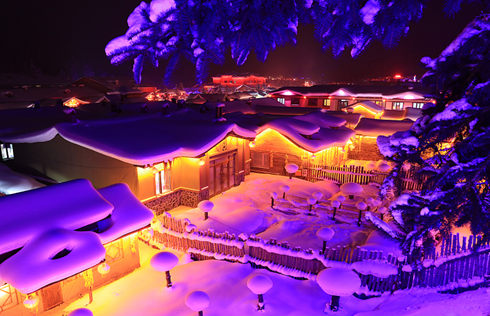
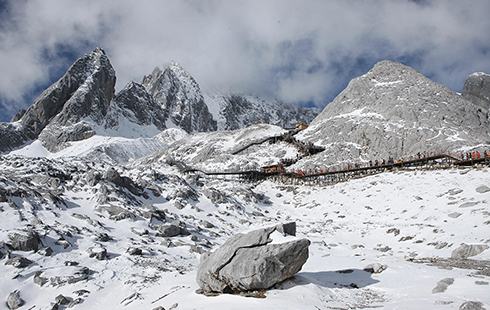







 Raymond Zhou:
Raymond Zhou: Pauline D Loh:
Pauline D Loh: Hot Pot
Hot Pot Eco China
Eco China China Dream
China Dream China Face
China Face






